Concern about lowering energy consumption goes back a long way, but has become more prominent with the significant rise in costs. Gas and electricity prices have risen so much recently that many companies have had to cut back. But ideas are continually being sought to reduce consumption and adjustments are being made to allow business to continue. In this context, efforts to formulate materials that considerably reduce energy consumption are worth mentioning.
The Italian ICA Group, a manufacturer of finishing materials for wood and furniture represented in Romania by Lomilux, has developed a line of UV LED curing products - Iridea UV LED Curing. Unlike traditional mercury UV lamps, LEDs (Light Emitting Diode) use much less energy to cure paints. And that's just one of the advantages.
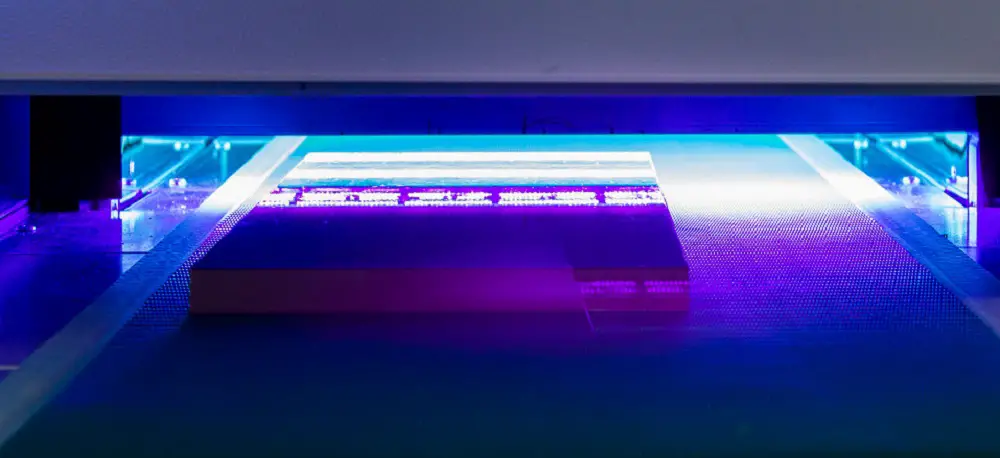
Advantages of using UV LEDs
ÎUV curing (drying) uses high-intensity UV radiation to cure finishing materials. Curing is instantaneous, greatly reducing working time. Broad-spectrum mercury lamps are used as the radiation source. These lamps, although effective in catalysing varnishes, consume a large amount of energy, take time to come into operation, raise the temperature of the item being finished, produce ozone which has to be disposed of, and after exhaustion, their disposal is costly and environmentally hazardous.
UV LEDs emit UVA radiation (315-280 nm) and are able to catalyse materials and unlike conventional lamps, they have no disadvantages. Below are some of the advantages of using UV LEDs:
- They take no time to get up to speed and are ready for use as soon as they are switched on. This means a significant reduction in energy consumption. Lamps don't have to stay on all the time and are only used when needed.
- The temperature developed at the part is significantly lower. This eliminates the need to cool the parts, which represents another energy saving. It also considerably reduces defects that occur on parts due to high temperatures - resin stains that come out of softwood at high temperatures, problems with exotic wood or MDF boards.
- No ozone is produced during curing, no need for fans to remove it.
- They are small in size and light in weight, so they are easier to use and require less space in finishing lines.
- It does not raise the problems of mercury lamps in terms of disposal, when they are exhausted.
- They have a much longer life than mercury lamps (10,000-20,000 hours compared to 1000-3000).
- Reduced training time.
All these benefits translate into cost savings and savings.
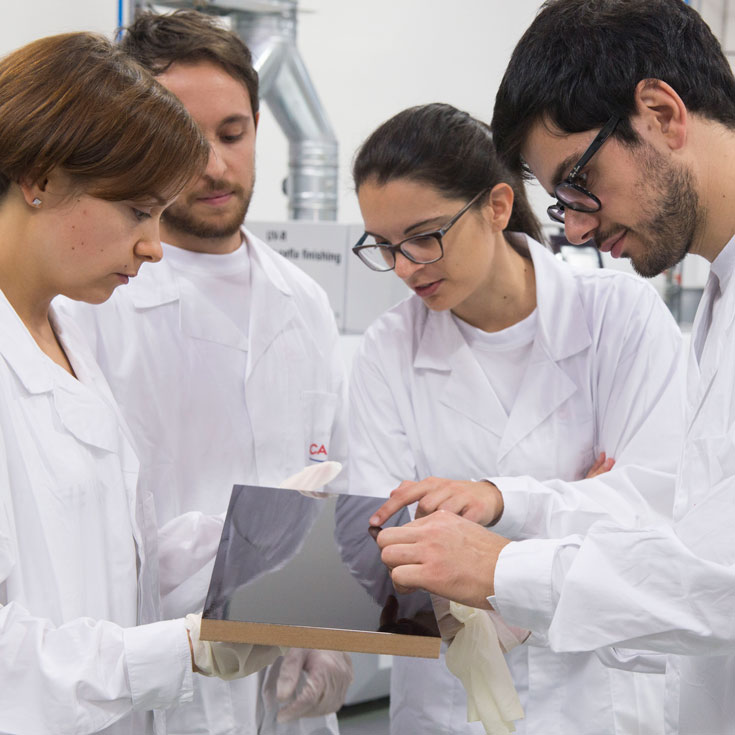
IRIDEA UV LED Curing range from ICA Group
IRIDEA UV LED Curing Range is one of the latest innovations from ICA Group's research and development laboratory. They were developed in response to needs in the furniture manufacturing industry. These finishing materials support manufacturers who need both high production efficiency and reduced energy costs.
UV paints are 100% acrylic and can be solvent or water based. They are specially formulated to cure under the radiation produced by UV LEDs. This type of curing is particularly recommended for curing products with a high pigment content and for all processes where it is essential to maintain a low substrate temperature during the application phase. They are very suitable for application on resinous wood, pin in particular. This species contains resin which expands at high temperatures and comes to the surface spoiling the appearance and reducing adhesion. They can also be safely applied to plastics that are sensitive to high temperatures.
Like any system and UV LED curing has advantages and disadvantages. We have talked about the advantages above, so it is only fair to say a few words about the disadvantages too. The surface reactivity of UV LED curing materials is lower than with conventional lamps. The cost is higher, sometimes a cooling system is needed, and the formulation of the products imposes certain limits, reducing the range.
In order to eliminate these problems, ICA Group has gone a step further and developed together with Elmag-Superfici (SCM Group) a system called LED UP that combines the advantages of classic UV lamps with those of UV LEDs.
UP LED lamps combine different monochrome sources of UV radiation with different wavelengths to achieve a broad spectrum of multicolour emission. The result is an improved system with a number of advantages:
- Low temperature at which the polymerisation reaction takes place
- No ozone is generated
- Reducing energy consumption
- Great freedom of product formulation. Transparent and pigmented, glossy and matt products can be cured.
- Cost comparable to traditional UV products.
- Low yellowing.
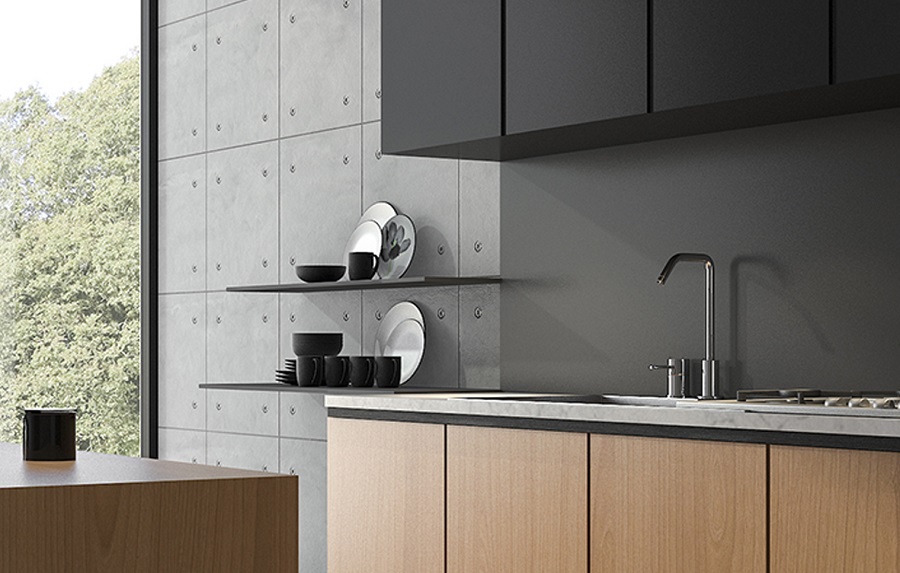
High energy consumption can become a big problem and reducing it is vital. I remember the director of a major furniture factory telling me 10 years ago that he had decided to go back to conventional drying of finishing materials, abandoning a new and very modern UV drying line because energy costs had become too high. And then it wasn't at today's prices. If you are thinking of investing in a UV drying line, consider UV LEDs or their combination with the classic UV version. Finishing materials for them already exist.
















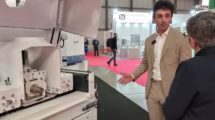

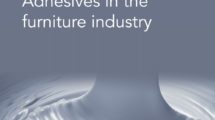
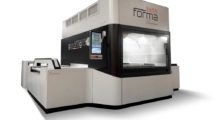
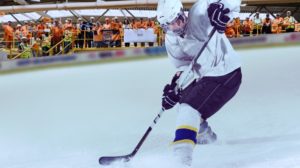
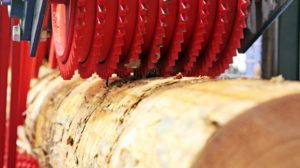


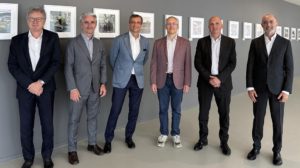
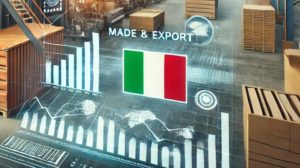


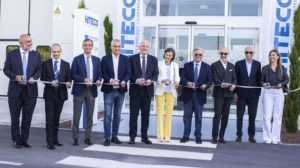

Add comment